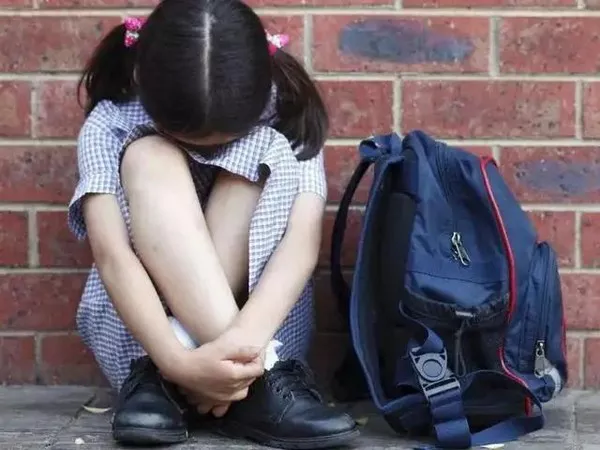Crying is a natural human response to a range of emotions, including sadness, grief, frustration, and even happiness. It is often seen as a way of releasing pent-up emotions and helping us feel better. But does crying release stress hormones? The answer is somewhat complicated.
When we experience stress, our body releases a hormone called cortisol. Cortisol is often referred to as the “stress hormone” because it is released in response to stress and helps our body cope with the demands of the situation. It increases blood sugar levels, boosts energy, and suppresses the immune system.
While crying is often associated with sadness or grief, it can also be a response to stress. In fact, research has shown that crying can help to reduce stress levels. One study found that people who cried during a sad movie experienced a reduction in stress levels and reported feeling better afterward.
However, the relationship between crying and cortisol levels is not straightforward. Research has found that crying can actually increase cortisol levels in some situations. For example, a study of mothers of premature infants found that those who cried more had higher cortisol levels than those who cried less. This suggests that crying can actually be a stressor in some circumstances.
So, does crying release stress hormones?
The answer appears to be that it depends on the situation. In some cases, crying can help to reduce stress levels and make us feel better. However, in other cases, it may actually increase stress levels.
Despite this, it is important to remember that crying is a natural and healthy way of expressing emotions. Whether it releases stress hormones or not, crying can be an effective way of coping with difficult emotions and situations. It can also help to promote a sense of connection with others and foster social support.
In conclusion, while the relationship between crying and cortisol levels is complex, crying can be a helpful way of coping with stress and emotions. Whether it releases stress hormones or not, it can be a valuable tool in promoting emotional well-being and building social connections. So, don’t be afraid to cry when you need to – it may just help you feel better.




















